
Truly wireless earbuds have exploded in popularity over the past couple of years, pushing options like Apple’s AirPods to become a multi-billion-dollar market. There’s no shortage of options out there, but one that many Android users have gravitated toward has been Samsung’s Galaxy Buds, and now, they’ve got a second generation.
I never had a chance to use the original Galaxy Buds, unfortunately, but I’ve been able to try quite a few pairs of truly wireless earbuds in the past several months. After a few days of testing out the Galaxy Buds+ pretty extensively, I’m surprised at how much I like them. I don’t think they’re the right answer for everyone, but there’s a lot to love with the Galaxy Buds+, especially if you’re a Spotify user. Here’s the good and the bad.
Galaxy Buds+: The Good
First, let’s talk about the main reason you’re probably interested in these earbuds — they work with Android. Pretty much every pair of truly wireless earbuds work with Android in one way or another, even Apple’s AirPods. However, a lot of them lack extra functions on the platform.
With the Samsung Galaxy Buds+, there’s no shortage of extra functionality. On a Samsung smartphone, just pair and you’ll be greeted with a pop-up that shows the battery status of each bud and the case, too. It’s a direct clone of what Apple shows with AirPods, but that’s not really a bad thing!
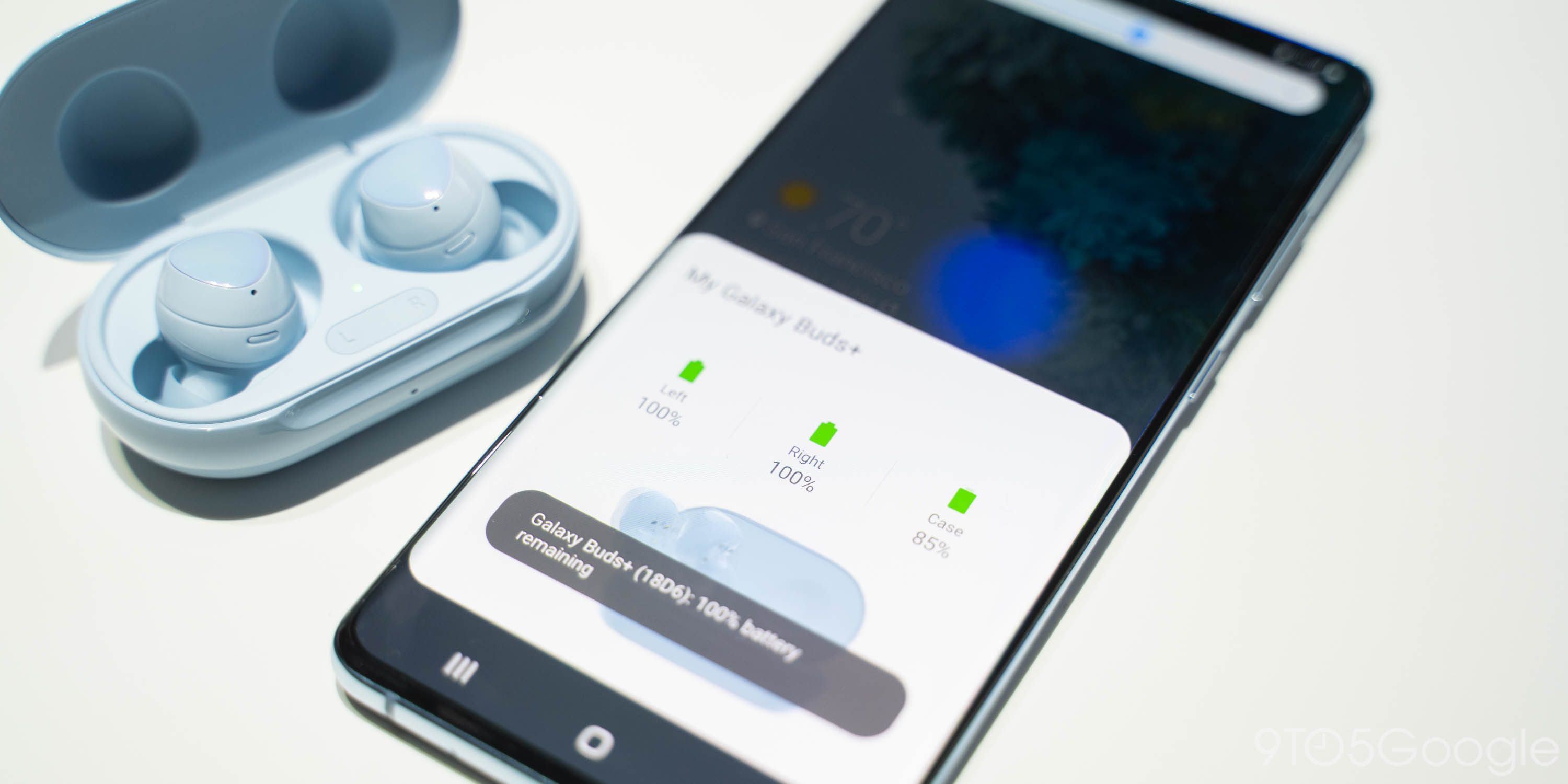
Unfortunately, those bonuses aren’t available on all Android phones. My testing was paired to a Pixel 4 XL, which meant I had to download extra apps. More on that later, but once the apps are installed, you’ll have control over the Buds+ to customize taps and the like. The only thing you won’t get is the pop-up with battery details. That’s held within the app only.
Here’s another big win: charging. Samsung hits the nail on the head by including a USB-C port on the back of the charging case and a Qi wireless charging receiver inside the case. These are simple things you’d expect with “high-end” truly wireless earbuds nowadays, and I’m glad Samsung has nailed them both.
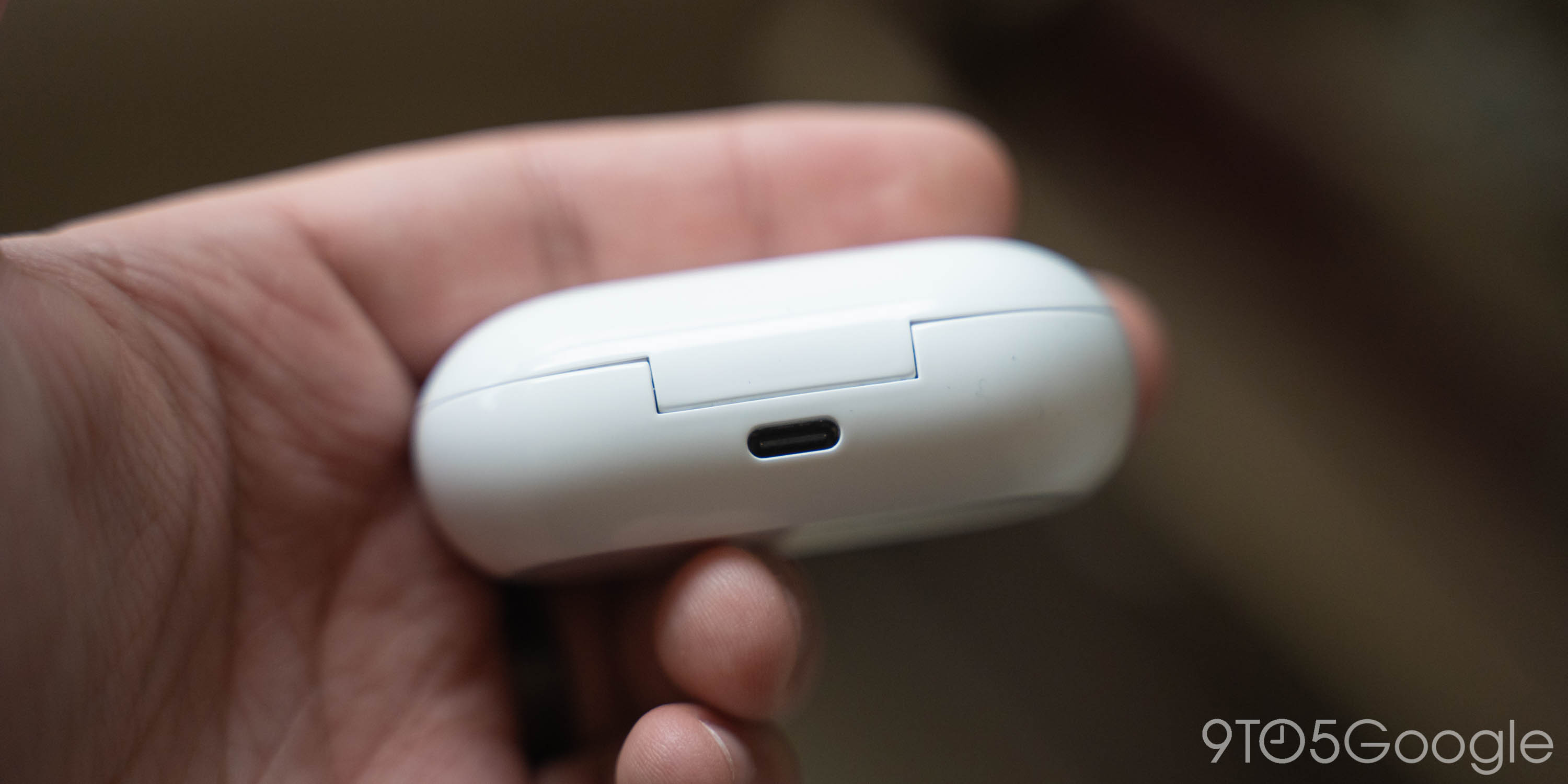
What’s good charging, though, without talking about the battery life. To cut to the chase, battery life is very good on the Galaxy Buds+. The earbuds themselves can last 11 hours by Samsung’s ratings with another 11 hours coming from the case. I’ve not put my unit through enough use to even approach the full capacity, but even over longer sessions, I barely make a dent in the battery life.
Typically, my 10-20 minute walks with the dog or just putting the Buds on while doing chores around the house leave me with 85% remaining when I take them off. I’ve been using the Buds+ on and off without charging the case for just shy of a week now, but I’ve only managed to kill the case so far! I’d estimate this accounts for around 12 hours of use in total.

On one strange note, the Buds do seem to discharge at different rates. The left Bud consistently holds a slightly lower charge than the right, and I’m not sure why.
Fit is very important for wireless earbuds, and I’m happy to report Buds+ fit well. The silicone tips installed by default fit well in my ears, as did the “fins” meant to lock in the fit. There are other sizes in the box, though, if you don’t end up in the same situation.
Importantly, I think the look of the Buds+ while they’re in your ears isn’t bad. They’re definitely noticeable, but they also don’t call a ton of attention to themselves either, thanks to a mostly slim size.

The Galaxy Buds+ are, when it comes down to it, just another pair of headphones, so let’s talk sound quality. Here, I’d describe the Buds as good, but not great. The sound profile is fine with a decent amount of bass and balanced audio on the highs and lows. There are a few different profiles in Samsung’s app, but I settled on “Dynamic” as the best one. “Normal” sounds pretty bad, “Bass Boost” muddles vocals, and the rest feel too soft to me.
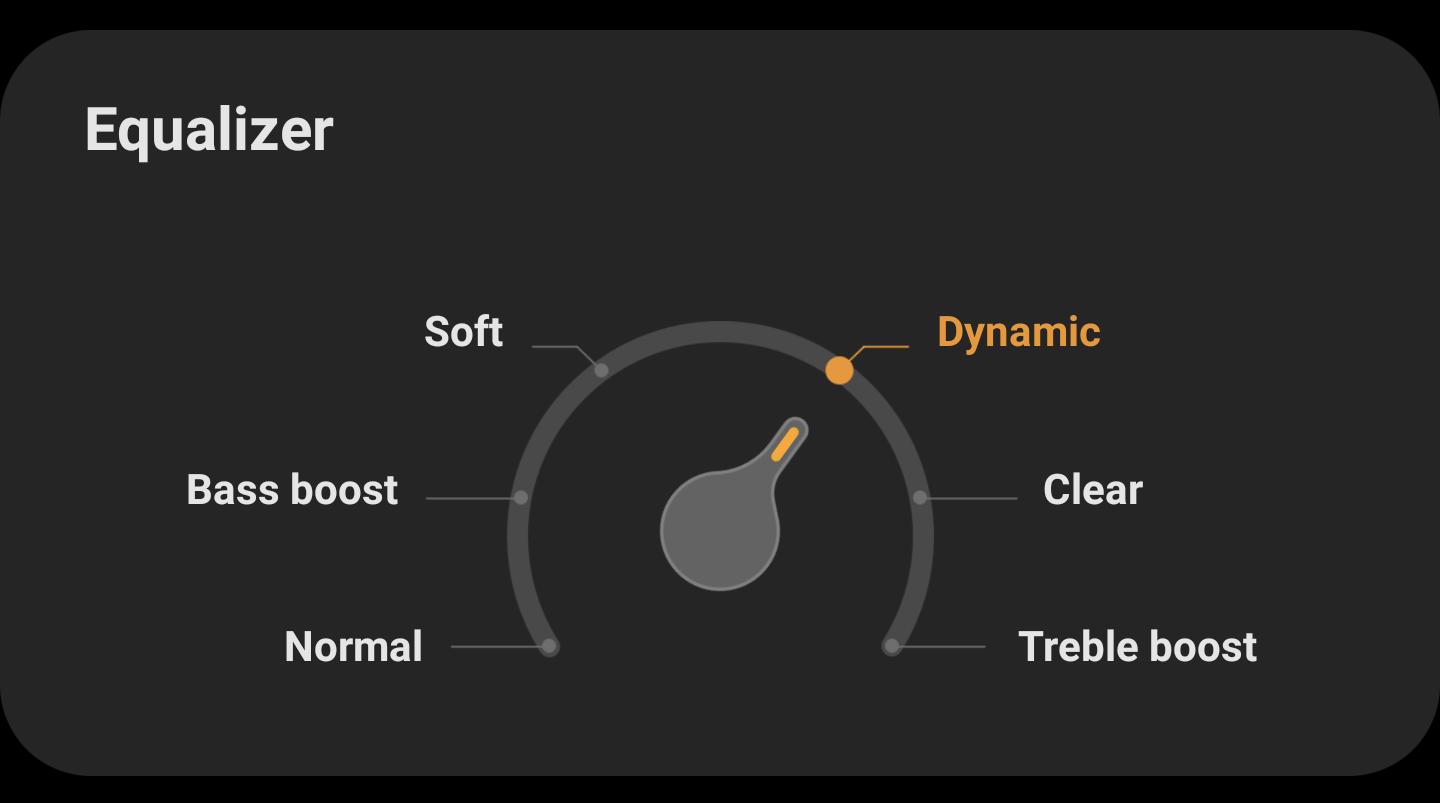
Are they better than AirPods? Maybe by a little bit, but they’re both in the same, middling ballpark.
On the side of both Buds, there’s a touch-responsive pad, and they’re very good.
By default, both pads can be used to play/pause what’s playing with a single tap. A double-tap skips tracks or answers/ends a phone call, and finally, a triple-tap plays the previous track. These functions can’t be changed, but there’s a long-press gesture that can be adjusted. It can be set to adjust the volume, trigger Google Assistant, or toggle on/off the Ambient Sound feature, as well as triggering the Spotify integration.
The left and right pads can be assigned different functions and, in my case, I’ve got left assigned to Google Assistant and right to Spotify.
Here’s my favorite thing about these earbuds — Spotify integration. I’m not sure who at Samsung I have to thank, but with the Buds+ you can assign a long-press on either Bud to a Spotify shortcut. This shortcut triggers Spotify on your connected phone to play either your most recent track your “Daily Mix” playlists.
This one feature has essentially changed how I use wireless earbuds. When using AirPods, TicPods, or any others, I usually rely on voice commands, a smartwatch, or just pulling out my phone to get my tunes going. Now, I can simply press a Bud and my Spotify kicks in seconds later.
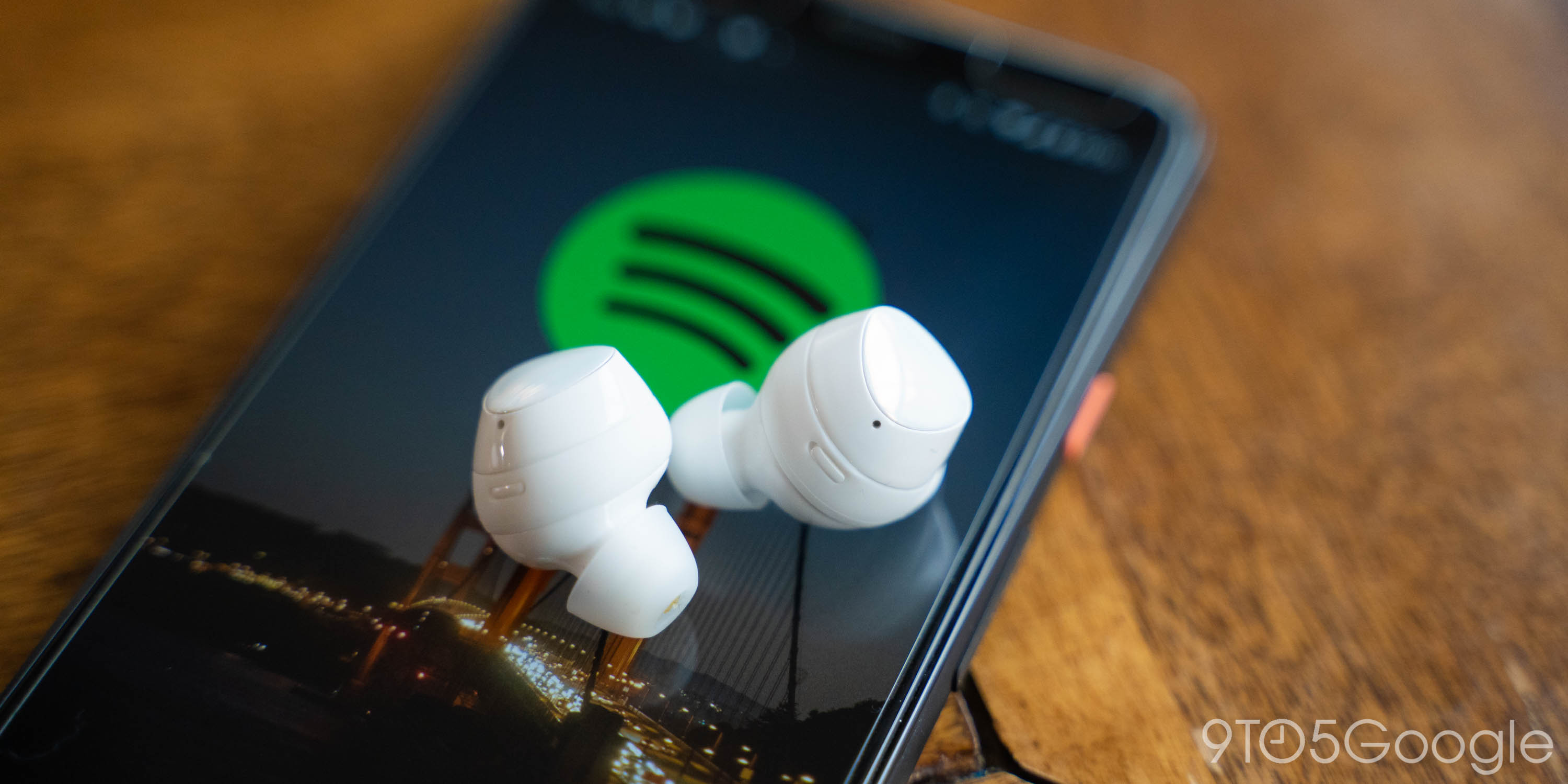
There’s not a ton to say about this feature, but it’s the part of these headphones I fell in love with the most. Samsung and Spotify really nailed this, and if you’re also a Spotify user, this feature should have your attention locked on the Galaxy Buds+.
Most people only use their earbuds with a smartphone, but a handy feature of the Galaxy Buds+ is that they can connect to multiple devices with ease. If you’ve got a tablet handy, you can quickly connect to the Buds+ without having them forget about your smartphone. The process isn’t exactly seamless, but it works well enough.
To get connected to another device, long-press on both Buds while they’re connected to your phone for roughly 15 seconds. You’ll hear a tone that signals you’ve disconnected and from there, they’ll be available for pairing to another device.
Galaxy Buds+: The Bad
If you’re not a Samsung user, there’s one big negative to the Galaxy Buds+. The default sound profile is legitimately awful. When I first paired these and listened to them, I wondered if there was some plastic still on, then realizing there wasn’t, I just assumed they were worse than I’d heard.
This review would have had a very different outcome had that sound profile been what these always sound like. Upon downloading the Samsung Gear app, you can switch the Buds+ to “Dynamic” mode, which sounds a whole lot better. I’d still rank Jabra’s Elite 75t above the Buds+, but with Dynamic mode, they’re pretty decent.
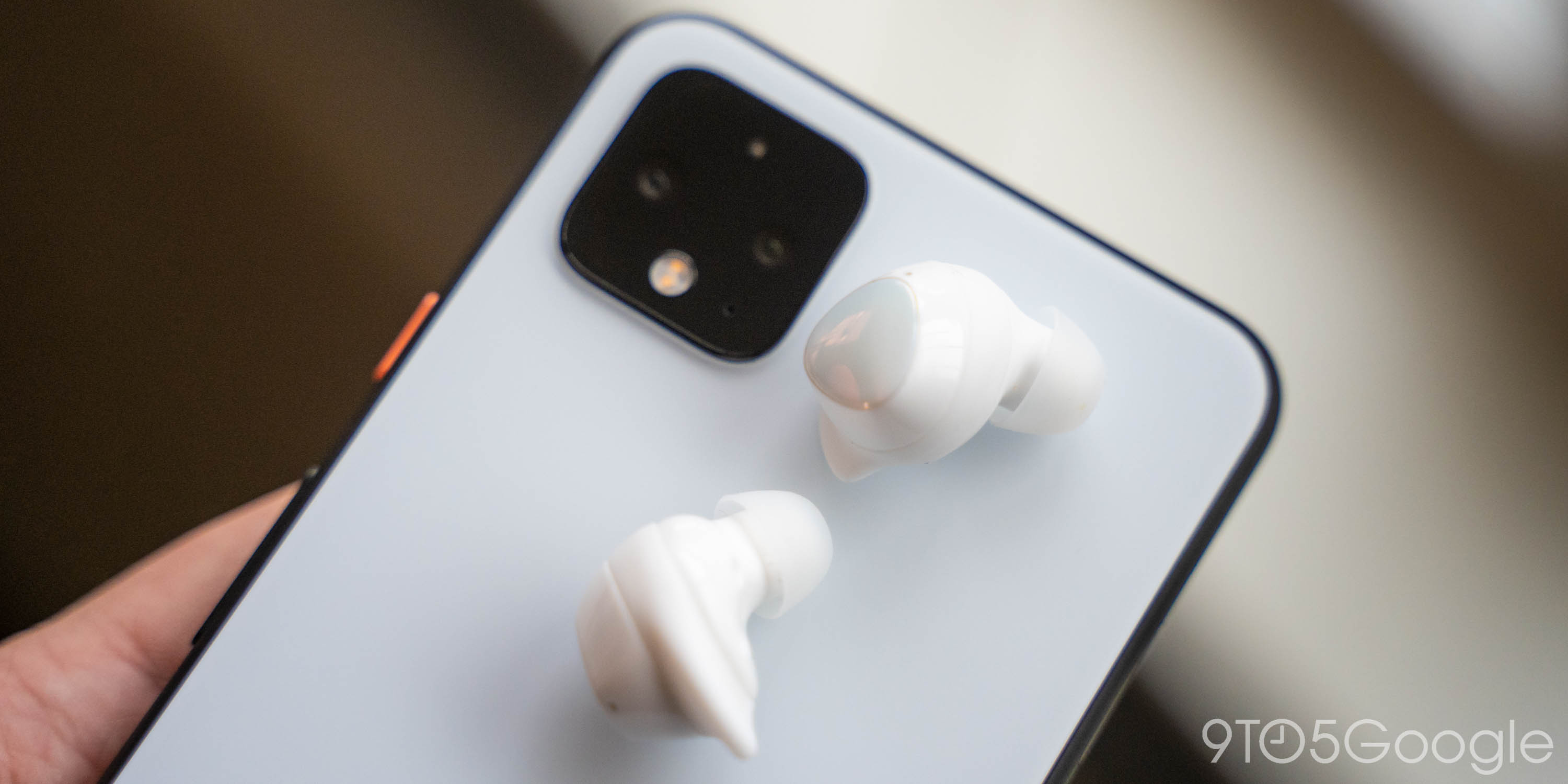
On a Samsung device, though, you don’t have to change the sound profile. By default, Buds+ sound better there since they can take advantage of Dolby’s and Samsung’s own enhancements. Samsung is the biggest Android manufacturer, but it still seems odd to me that the sound quality is basically ruined if you pair these to literally any other device. At the very least, Samsung should ship these in their “Dynamic” setting.
Samsung’s app situation for the Galaxy Buds+ is also something I found less than ideal. If you’re using a Samsung device, you might not have to install anything at all, but any other Android user has to download the Samsung Gear app which, during setup, prompts them to also go down a plugin specifically for the Buds+. One app is fine, but the second just feels tedious and unnecessary!
My biggest complaint about the Galaxy Buds+ is one that’s kind of personal. I hate silicone tips. They’re generally more comfortable and fit better than the “one-size-fits-all” approach Apple uses, but the “plugged” feeling they produce is something I just can’t stand.

When speaking, the silicone tips make everything sound wrong, even with little tricks like “Ambient Sound.” The same goes for a cough, clearing your throat, certain movements, even using the touchpads on the Buds. This design works great for a ton of people, but I’m not one of them! While I’ve fallen in love with Spotify integration, the tips here may be what drives me back to AirPods or TicPods until Google’s Pixel Buds come out. Why don’t those bother me? Apparently, they have a “vent” that gets rid of that feeling.
There’s a lot to love with the case for the Galaxy Buds+. As mentioned previously, it delivers 11 hours of battery life, USB-C, and wireless charging. The magnets inside hold the Buds in place and make it easy to connect them, too. Samsung even ditched matte textures and went fully glossy with this case, a change that makes it much easier to slip the case out of your pocket.
My sole complaint, though, is what’s usually a deal-breaker for me — size. The Buds+ case isn’t huge, but it’s too thick. It sticks out of your pocket in a pretty unflattering way and is just barely too thick to comfortably fit in a coin pocket. The overall footprint of the Buds+ is great, but Samsung needs to shave a few more millimeters off the thickness to call this perfect.

Samsung has made a pretty big deal on the Buds+ about having multiple microphones. There are two mics on the outside that help call audio to sound better and better isolate your voice. Personally, I found call quality fine, but it could be a whole lot better.
The mics are also used for the “Ambient Sound” feature, too, which pumps outside audio into the Buds. At first, I was impressed by this feature, but I quickly realized that the quality of the mics was lacking and pretty much stopped using the feature as a result.
Conclusion: Well worth $149
At the end of the day, a lot of my complaints about the Samsung Galaxy Buds+ are just nitpicky things Samsung can improve on with future generations. As it stands today, though, the Buds+ are an excellent, well-rounded product. There’s a lot they get right, and the Spotify integration alone has me trading out my AirPods.
If you’re an Android user — especially a Samsung user — these are basically a no-brainer. For other Android phones, Google’s upcoming Pixel Buds, the Jabra Elite 75t, or other buds be a better choice, but the Galaxy Buds+ are an excellent option, too. You can buy Galaxy Buds+ from , Amazon, B&H Photo, , and other major retailers for $149.

Author: Ben Schoon.
Source: 9TO5Google





